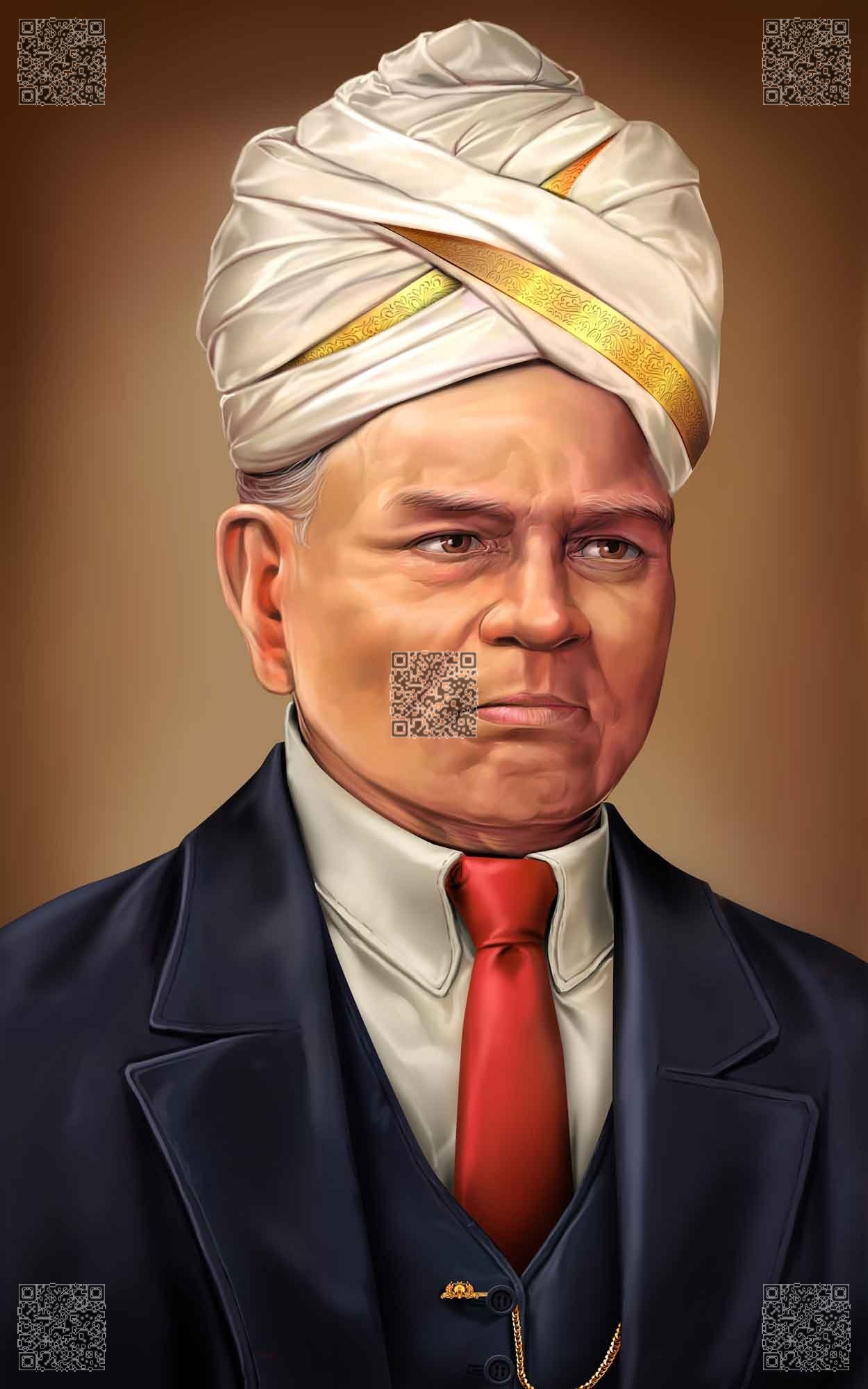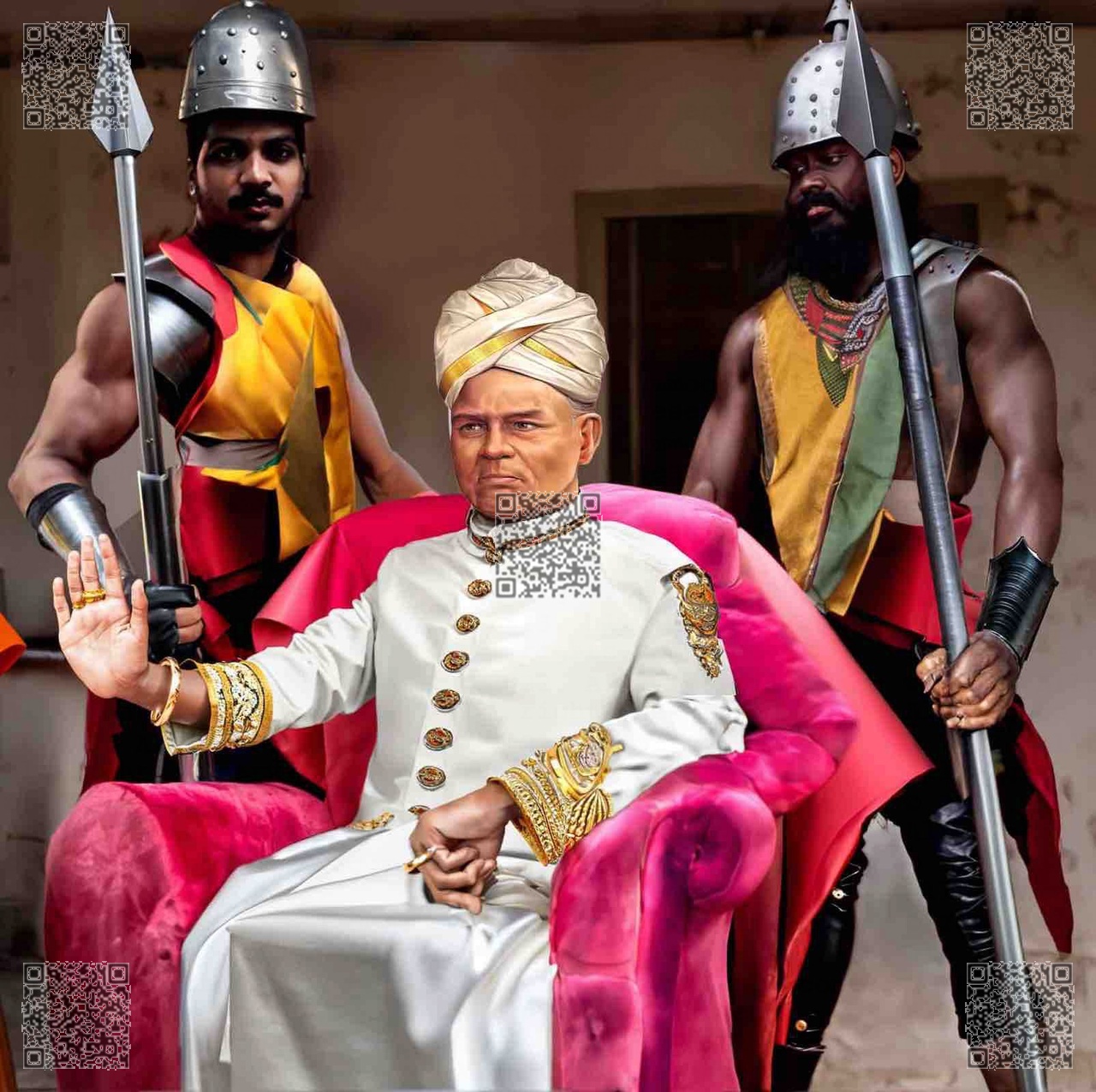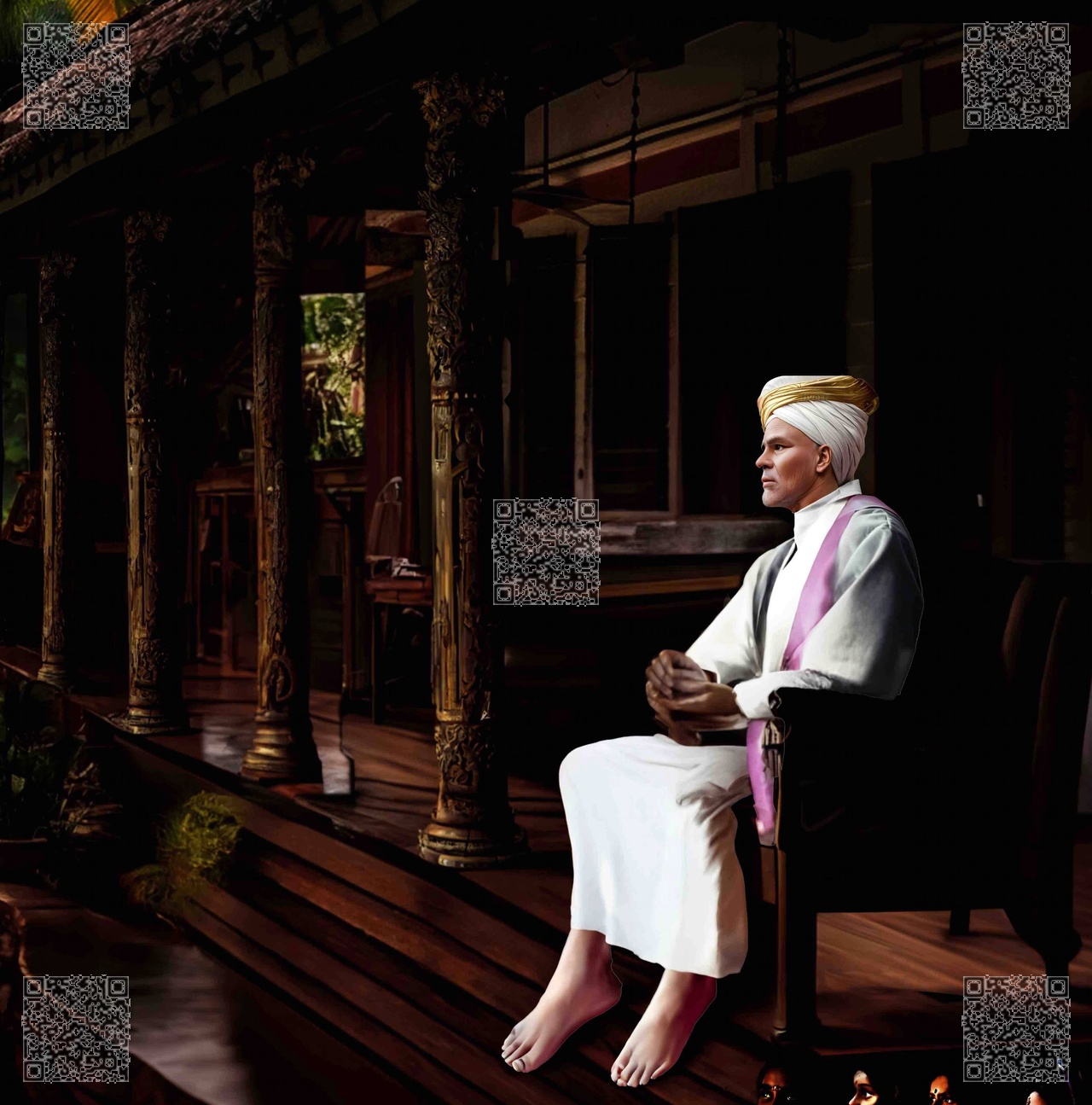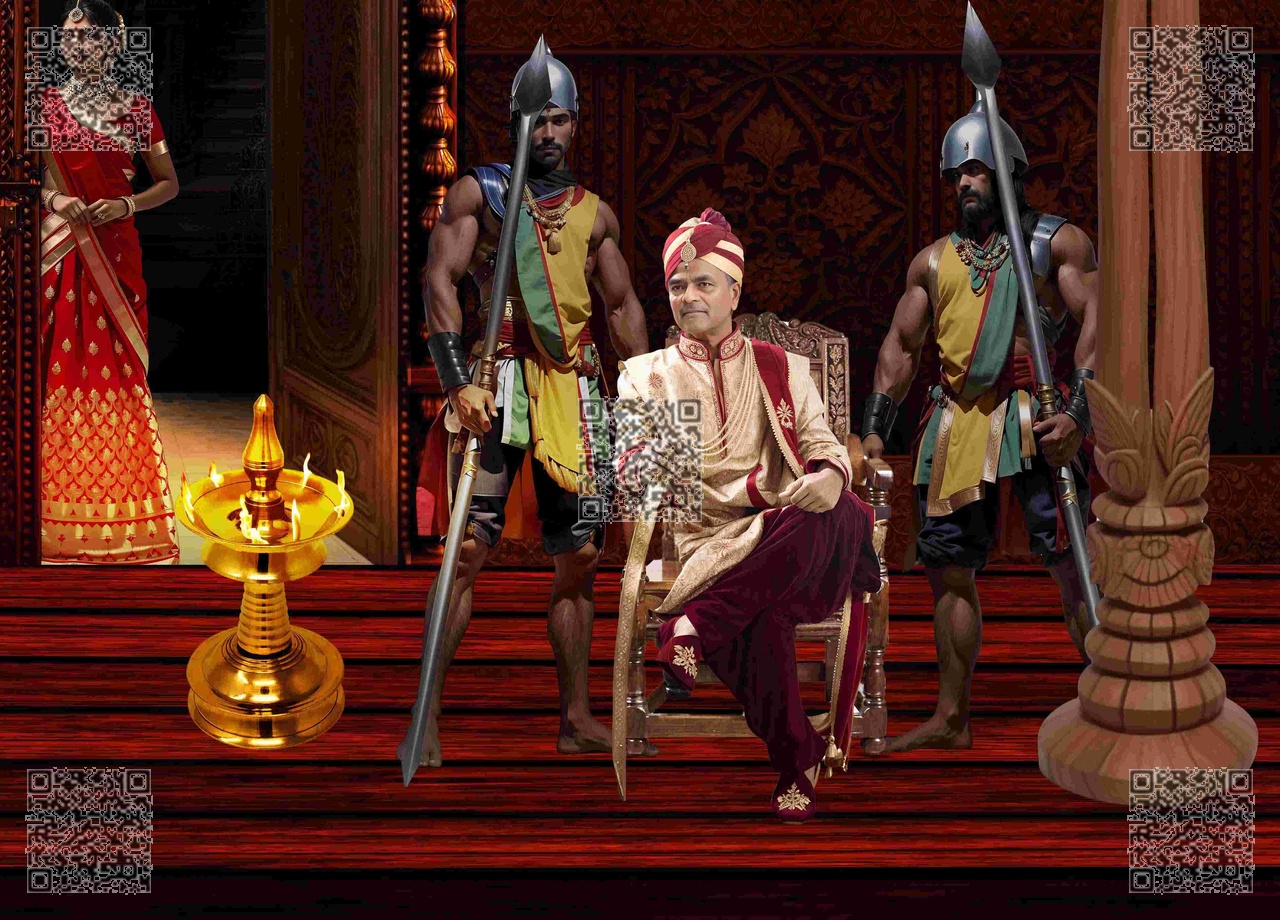The Life and Legacy of Kochu Kunju Channar III
Introduction
Kochu Kunju Channar III was an iconic figure in the socio-political history of Central Travancore and a pioneer who redefined leadership, community reform, and cultural identity within the Ezhava community. His journey of transformation, marked by vision and resilience, reflects the story of a society navigating through change in colonial India.

Childhood and Early Influences
Born in 1857 into the renowned Alummoottil family in Karthikappally Taluk, Kochu Kunju grew up surrounded by the progressive values that were the hallmark of his lineage. His family was deeply entrenched in the socio-economic and cultural upliftment of the Ezhava community, making education and reformist ideals central to his upbringing.

The Alummoottil family’s cultural affluence and intellectual atmosphere exposed Kochu Kunju to debates about caste equality, economic empowerment, and the importance of self-reliance. From a young age, he demonstrated qualities of leadership, keen observation, and a strong sense of justice that would later define his public life.
Marriage and Family Life
Kochu Kunju entered into three marriages, a reflection of the familial and social dynamics of his time. Each union brought unique relationships and responsibilities that influenced his leadership. His wives were not only companions but also significant figures in managing the vast Alummoottil household.

Balancing the needs of his three families was a complex task, particularly in the face of traditional expectations and growing modern influences. These dynamics also stirred contention within the broader family circle. Kochu Kunju’s efforts to build individual residences for his wives, funded by family resources, became a point of contention. However, his commitment to ensuring the well-being of his children and dependents remained unwavering.
Social Reform and Community Leadership
Kochu Kunju Channar’s legacy is deeply intertwined with his pioneering social reforms aimed at uplifting the marginalized Ezhava community. He was instrumental in founding the Karthikappally Ezhava Samajam, which became a cornerstone for advocating education, equality, and community solidarity.
Education as a Catalyst for Change
Kochu Kunju’s advocacy for education was groundbreaking. His leadership paved the way for the admission of Ezhava children to Haripad Government School in 1904, an achievement fraught with resistance from the upper-caste establishment. This historic event, although met with significant backlash, marked a turning point in the struggle for educational equity. Kochu Kunju understood that education was not merely a privilege but a tool for dismantling centuries of systemic discrimination.

Championing Equality
His integration of the Karthikappally Ezhava Samajam with the S.N.D.P. Yogam was another milestone in his reformist journey. This collaboration amplified the community’s voice and allowed for a more organized approach to tackling social injustice. Kochu Kunju actively supported efforts to abolish untouchability and uplift the Ezhavas through self-reliance and unity.
Political Engagement and Reform Movements
Kochu Kunju Channar was not only a social reformer but also an astute political thinker. He aligned himself with broader nationalistic movements that sought to challenge colonial and caste-based oppression.

Collaboration with Leaders
Kochu Kunju’s association with reformists like T.K. Madhavan and Narayana Guru underscored his dedication to societal transformation. Through financial and moral support, he enabled pivotal movements such as the Vaikom Satyagraha, which questioned caste-based restrictions on public spaces.

Role in Community Governance
As a permanent president of the Karthikappally Ezhava Samajam, Kochu Kunju facilitated the annual gatherings that became a crucible for ideas on reform and self-governance. These meetings were instrumental in forging a collective identity and empowering marginalized voices within the community.
Architectural Legacy and Financial Stewardship
Kochu Kunju’s tenure as the head of the Alummoottil family saw the creation of several landmark projects that symbolized the family’s prominence and progressive values. In 1906, he oversaw the construction of the Alummoottil mansion, a grand structure that became a hub of social and cultural activities. This mansion was not just a residence but a statement of the family’s commitment to community development.
Acquisition of Properties
His financial acumen extended to acquiring prime properties in Madras (now Chennai), including a sprawling estate in the heart of the city. These acquisitions were driven by a vision to expand the family’s influence and provide resources for future generations.
Controversies and Disputes
Despite his successes, Kochu Kunju’s use of family wealth for personal and public projects sparked disputes within the Alummoottil household. The division of resources and perceived favoritism led to rifts that tested his leadership.
Educational Vision and Initiatives
Education was a cornerstone of Kochu Kunju’s reformist agenda. He believed in equipping the Ezhava community with knowledge and skills that could break the chains of poverty and exclusion.
Establishing Institutions
Under his guidance, the Karthikappally Ezhava Samajam initiated efforts to establish schools and scholarships. These initiatives opened doors for hundreds of Ezhava children who had been denied access to formal education.
Mentoring Future Leaders
Kochu Kunju’s mentorship extended to young reformers who carried forward his vision. By investing in the intellectual and moral development of the next generation, he ensured the continuity of his mission.
Challenges and Controversies
The life of Kochu Kunju Channar III was not without its share of challenges. His progressive ideals often clashed with traditional norms, leading to resistance from both within and outside his community.
Nair-Ezhava Riots of 1904
The admission of Ezhava students to Haripad Government School triggered the infamous Nair-Ezhava riots. This conflict highlighted the entrenched caste prejudices of the time but also showcased Kochu Kunju’s courage and resolve in the face of adversity.
Internal Family Conflicts
His strained relationship with the main branch of the Alummoottil family created internal divisions. The perception of favoritism and unequal distribution of wealth fueled disputes that complicated his leadership.
Legacy and Enduring Impact
Kochu Kunju Channar III’s contributions have left an indelible mark on the history of the Ezhava community. His vision for an equitable society and his relentless pursuit of social reform continue to inspire generations.
Transformative Leadership
As a reformer, Kochu Kunju exemplified the power of leadership grounded in empathy and resilience. His ability to navigate complex socio-political landscapes serves as a model for contemporary leaders.
The following is a video about the Kochu Kunju Channar on Facebook by The Gazette (courtesy)
A Beacon of Hope
Through his efforts, Kochu Kunju not only uplifted the Ezhava community but also laid the foundation for broader societal changes. His legacy is a testament to the transformative power of vision, determination, and collective action.
Conclusion
The life and legacy of Kochu Kunju Channar III embody the spirit of reform and progress. His journey from a privileged member of the Alummoottil family to a visionary leader underscores the potential of individual action to drive societal transformation. As we reflect on his contributions, we are reminded of the enduring value of courage, compassion, and a commitment to justice.



